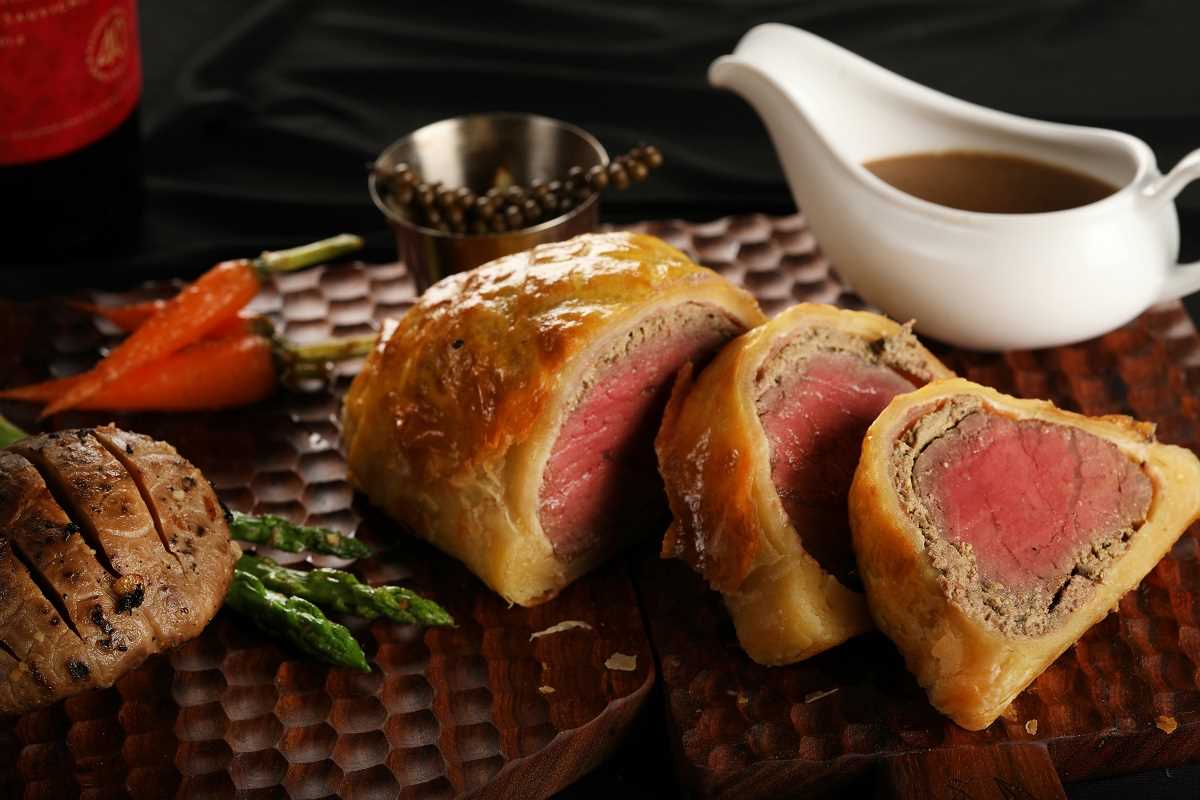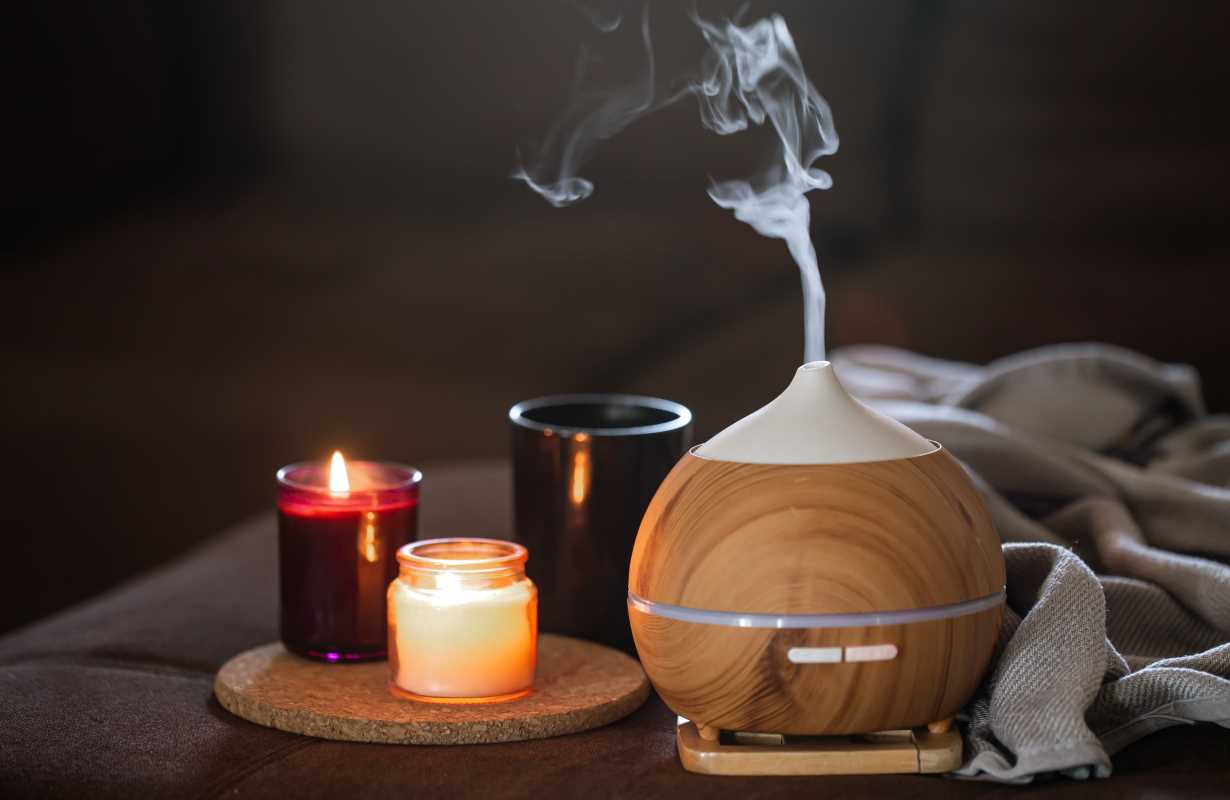There’s nothing like the thrill of taking on a cooking challenge that’s way outside your comfort zone. Sure, whipping up a quick pasta dish feels good, but creating a show-stopping culinary masterpiece? Now that’s real bragging-rights territory. Tackling challenging recipes from renowned chefs is an adventure. It’s messy, frustrating, rewarding, and, at the end of it all, deeply satisfying.
If you’re ready to upgrade your cooking skills and conquer recipes that could intimidate even competent home chefs, here’s a curated list of iconic dishes to try. These culinary feats are difficult, yes, but they’re also fun to tackle when you approach them with patience, determination, and a pinch of humor.
1. Gordon Ramsay’s Beef Wellington
This is the kingpin of cooking challenges. Gordon Ramsay’s Beef Wellington is as infamous as the fiery chef himself. A perfect Wellington requires multiple layers of perfection. Think tender beef fillet coated in a flavorful mushroom duxelles, wrapped in super-thin slices of prosciutto, and encased in a crisp, golden puff pastry. Every layer needs to shine.
Why It’s Challenging
Where do we even start? First, the beef needs to be seared just right and slightly cooled before wrapping. The duxelles can’t be watery, or the pastry will get soggy. Oh, and don’t even think about skimping on chilling time between steps. Finally, your puff pastry must both stay together and puff beautifully in the oven.
Pro Tips
- Chill the wrapped Wellington thoroughly before baking. This ensures proper shape and texture.
- Use a thermometer to nail that medium-rare center. A perfect Wellington isn’t worth much if you overcook the beef.
- Work swiftly with the puff pastry to keep it from tearing or softening.
Verdict? Difficult but worth every buttery, tender bite.
2. Julia Child’s Boeuf Bourguignon
This classic French dish, made famous by Julia Child, is the epitome of comfort food elevated to an art form. It’s a rich stew of beef braised in red wine with onions, mushrooms, and aromatics. What could be so difficult about stew, you ask? Everything.
Why It’s Challenging
The recipe has layers and a slightly snobby insistence on perfection. Each component must be cooked separately before coming together. Browning the meat is a delicate dance (too much, and you char it; too little, and you lose flavor). The sauce must be rich but not overly reduced, and balancing the flavors to French-perfection standards is no easy task.
Pro Tips
- Take your time browning the beef. This step adds depth to the final dish.
- Use a good-quality wine that’s worth drinking; it makes all the difference.
- Don’t rush. Boeuf Bourguignon is a slow seduction, not a one-night stand.
Cook this dish, and you’ll feel like a culinary historian bringing Julia’s legacy to life.
3. Thomas Keller’s Roast Chicken
You may think roast chicken is basic. Humble, even. But that’s because you haven’t attempted Thomas Keller’s version. The celebrated chef’s recipe emphasizes crisp skin, tender meat, and minimal seasoning. It’s roast chicken, perfected.
Why It’s Challenging
The detail here is everything. Ensuring the chicken is completely dry before roasting takes patience but is critical for crispy skin. Keller’s recipe requires precision in seasoning, trussing the bird just right, and closely monitoring the cooking process to avoid overloading the chicken with moisture or losing flavor.
Pro Tips
- Air-chill the chicken overnight in your fridge if possible. Removing moisture from the skin is the secret to golden, crispy perfection.
- Truss the chicken properly for even cooking and presentation.
- Use a meat thermometer to ensure the chicken reaches 165°F without overcooking.
When you get it right, Thomas Keller’s roast chicken is a symphony of simplicity that will make you question every other chicken you’ve roasted before.
4. Soufflé (Any Variation)
Ah, the soufflé. The very definition of “go big or go home." Whether you’re attempting a cheese soufflé or a chocolate one, this dish has been striking fear into the hearts of home cooks for decades.
Why It’s Challenging
The soufflé is all about timing and technique. Achieving the perfect rise without collapsing is delicate work. Your egg whites must be beaten to stiff peaks but not overmixed. The folding process? One wrong move, and you’ll deflate the batter. Oh, and absolutely no slamming the oven door!
Pro Tips
- Use room-temperature eggs to get the fluffiest meringue.
- Be gentle when folding your meringue into the base mixture. Take your time.
- Serve immediately after baking. A soufflé waits for no one.
Master this, and you’ll not only amaze your guests, but you’ll also feel like a bona fide magician.
5. Pierre Hermé’s Macarons
What’s cute, colorful, and notoriously difficult to make? French macarons, of course. Pierre Hermé, the so-called Picasso of Pastry, is famous for his immaculate macarons in inventive flavors like rose-petal and salted caramel. These delicate treats are as tricky as they are delicious.
Why It’s Challenging
Oh, where to begin? From achieving the perfect consistency in the batter (known as macaronage) to nailing the elusive "feet" on the cookies during baking, there are countless ways to botch a batch. And don’t forget matching each shell with its perfect partner!
Pro Tips
- Aging your egg whites (letting them sit for 24-48 hours) helps achieve the right texture.
- Practice the macaronage folding method until your arm feels like it’ll fall off.
- Invest in an oven thermometer. Even heat is critical.
When you get it right, a bite of homemade macarons will make you feel like you’ve just strolled into a Parisian pâtisserie.
6. Croissants
Flaky, buttery croissants are the ultimate baking marathon. These heavenly pastries require skill, time, and patience. Between laminating dough (layering butter into the dough) and an endless cycle of chilling, rolling, and folding, preparing croissants is an endurance test.
Why It’s Challenging
The dough must remain cold to ensure defined buttery layers. If the butter melts prematurely, you end up with a disaster rather than evenly layered, flaky perfection. Plus, croissants demand hours of rising time.
Pro Tips
- Keep all ingredients cold at all times, especially during lamination.
- Use a ruler to measure your folds if you want consistent layers.
- Plan for a chill day (pun intended) because croissant-making is not for the impatient.
The smell alone of fresh-baked croissants emerging from your oven is worth all the effort.
7. Paul Hollywood’s Sourdough Bread
Sourdough bread represents a duel between you and nature. Few things will test your patience more than babysitting a sourdough starter for weeks and then transforming it into crusty, chewy perfection.
Why It’s Challenging
Controlling fermentation, shaping the dough properly, and perfecting that crusty exterior while keeping the inside airy yet elastic? It’s no easy task. Plus, sourdough comes with the added element of unpredictability, as humidity and temperature play villainous roles.
Pro Tips
- Give your starter a name. (Okay, this won’t technically help, but it’s great fun.)
- Practice shaping your dough to get that quintessential boule look.
- Use a Dutch oven for better crust and structure.
When you nail sourdough, it feels like more than baking—it feels like a victory over the laws of science.
 (Image via
(Image via





